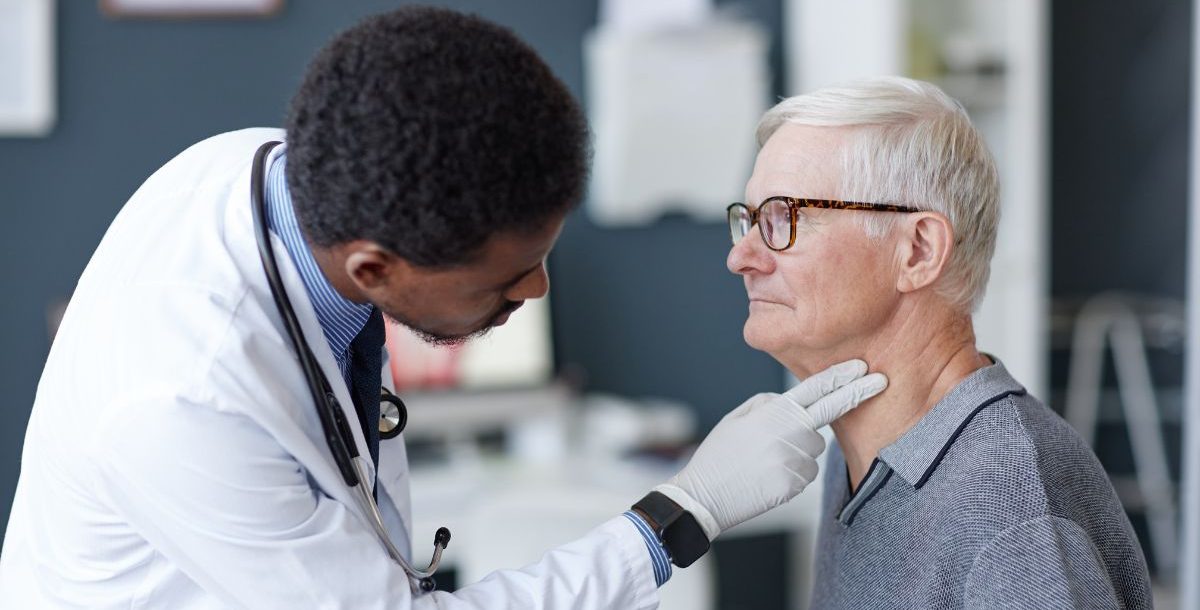It’s 7 p.m. on a weekday, and your child suddenly spikes a fever. Or maybe you wake up with a sore throat and earache. These moments always seem to happen when your regular primary care doctor is unavailable. That’s where urgent and walk-in care come in. But why go to urgent care or a walk-in clinic?
What is urgent care?
Urgent care and walk-in clinics are medical facilities designed to treat minor injuries and illnesses that aren’t life-threatening but still need attention fast. They’re open during evenings, weekends and holidays, making them a convenient option when your primary care doctor isn’t available.
Urgent care offers services for both adults and children, and many centers even have X-ray machines, labs and on-site medications. You don’t need an appointment, and most visits are shorter and less expensive than a trip to the ER.
Walk-in clinics are similar to urgent care and a primary care visit regarding what they can treat, but unlike primary care, you don’t need an appointment. A walk-in clinic may even be located in the same building or suite as your primary care provider.
However, you don’t have to be a patient with that primary care practice to be seen at a walk-in clinic. They are often staffed by primary care doctors and nurses – available for you to see without an appointment and outside of regular practice hours.
Knowing where an urgent care center or walk-in clinic is can help you get medical attention when you need it. Find out where your nearest urgent care or walk-in clinic is.
When to visit an urgent care
If your condition is not a medical emergency but still needs prompt attention, urgent care is a great option. So why go to urgent care? Common reasons people go include:
- Strep throat or a persistent sore throat
- Minor sprains or fractures
- Ear infection
- Pink eye
- Mild asthma flare-ups
- Cuts that need stitches but aren’t deep or bleeding heavily
- Mild chest pain not related to a heart condition
- Fever without a rash or severe symptoms
These issues can usually be handled quickly at a clinic, helping you avoid long waits at hospital emergency departments.
What urgent care offers
Aside from treating common illnesses and injuries, urgent care and walk-in clinics offer:
- Lab testing and basic diagnostics
- Physical exams for school, sports or work
- Vaccinations and flu shots
- Medication refills for non-chronic conditions
- Testing for infections like strep throat or the flu
- Treatment for minor burns or allergic reactions
- Prescriptions to treat illnesses when necessary
Many clinics also share your records with your primary care physician, keeping everyone in the loop.
When it’s an emergency
Some symptoms should never be taken lightly. If you or a loved one shows signs of a life-threatening condition, don’t wait. Call 911 or go directly to the hospital emergency room. Emergencies can include:
- Chest pain that radiates to your arm, neck or jaw
- Sudden numbness or weakness on one side of the body
- Severe abdominal pain
- Uncontrolled bleeding
- Broken bones, especially when the bone is exposed
- Seizures or loss of consciousness
- Difficulty breathing or shortness of breath
- Head injury with confusion or vomiting
- Signs of stroke or heart attack
In these situations, emergency care is critical. Hospital emergency departments are equipped to handle complex and life-threatening problems with immediate access to specialists and advanced imaging tools.
Urgent care vs. emergency room
Why go to urgent care or a walk-in clinic? It’s not always easy to know whether you need urgent care or the emergency room, especially when you’re in pain or trying to make a quick decision for a family member.
| Go to Urgent Care If: | Go to the ER If: |
| You have strep throat, pink eye or an ear infection | You have chest pain, trouble speaking, or signs of stroke |
| You need stitches for a minor cut | You have heavy bleeding that won’t stop |
| You need a sports physical or vaccine | You’ve been in a serious accident |
| You have a fever without serious symptoms | You have a high fever with confusion or rash |
When in doubt, many urgent and walk-in care clinics will advise you if your condition requires a higher level of medical care. Some may even help coordinate your transfer to the nearest emergency department.
Your primary care provider’s role
While urgent or walk-in care fills in the gaps when your regular doctor isn’t available, your primary care doctor is still your go-to for managing long-term health. Having a primary care provider is necessary, even if you’re young and generally healthy. They know your history, track your progress and handle chronic conditions like diabetes, asthma and high blood pressure.
If you go to a clinic, follow up with your primary care doctor, especially if your symptoms continue or worsen. Many clinics send visit summaries directly to your doctor to keep your records up to date.
Benefits of urgent care
Here’s why more people are turning to urgent care and walk-in clinics for fast and effective medical care:
- Shorter wait times than ERs
- No appointment needed
- Open outside regular business hours
- More affordable than emergency room visits
- Convenient for families and working adults
For everyday illnesses and injuries, these clinics offer a practical middle ground. You get expert care without the stress or cost of the ER.
How we can help
When you’re sick or hurt and can’t see your primary care physician, urgent care clinics are there to help. Whether it’s a sore throat, an ear infection or minor chest pain, urgent care offers fast, affordable help when you need it most.
However, if the situation feels serious or you see signs of a life-threatening emergency, don’t hesitate – call 911 or head straight to the hospital emergency room.
Learn about the urgent care and walk-in services we offer at Mercy Health.






